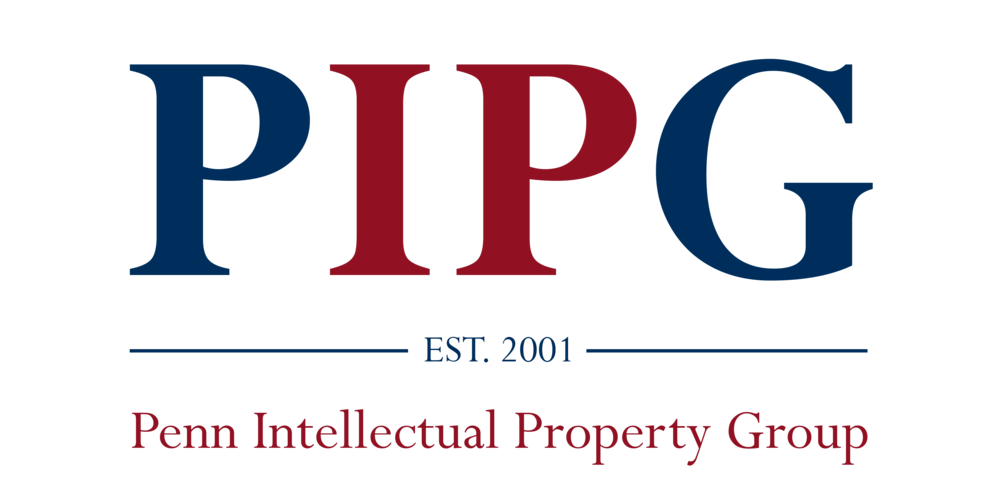By Zachary Furcolo, JD Candidate L’21
In Mylan Pharmaceuticals Inc. v. Research Corp. Technologies, Inc., 914 F.3d 1366 (Fed. Cir. 2019), the Federal Circuit affirmed the decision of the USPTO Patent Trial and Appeal Board (the “Board”) that claims 8–13 in U.S. Reissue Patent 38,551 (“the ’551 patent”) for an anticonvulsant drug were non-obvious and thus, the claims were not invalid on those grounds.
Prior to addressing the validity of the ‘551 patent, the court addressed claims from Appellee Research Corporation Technologies (“RCT”) that the Appellants joined at the discretion of the Board (Mylan Pharmaceuticals Inc. (“Mylan”), Breckenridge Pharmaceutical Inc (“Breckenridge”), and Alembic Pharmaceuticals LTD. (“Alembic”)) lacked standing for appellate review. The court rejected RCT’s claims, stating that the Appellants were joined “as a party” under 35 U.S.C § 315(c) and as such fall within the “zone of interest” of parties granted the right to appeal the decision of The Board.
Next, the court affirmed the Board’s ruling that the ’551 patent’s claims were non-obvious because a PHOSITA would not have been motivated to modify a compound disclosed as prior art in an earlier paper to transform it into the compound detailed in the ’551 patent. The ’551 patent discloses and claims enantiomeric compounds useful for anti-convulsion treatment of Central Nervous System disorders, most promisingly for the treatment of epilepsy. Claims 8–13 in the patent detail the compound lacosamide (formally R-N-benzyl-2-acetamido-3-methoxypropionamide). Appellants claimed that starting with the lead compound ‘3l’ disclosed in a paper by Harold Kohn,[1]the modifications that would yield lacosamide would have beenobvious to someone “skilled in the art”, leaving RCT’s claims for lacosamide unpatentable.
The court rejected these claims, stating that the modifications to transform the lead compound ‘3l’ into the lacosamide compound detailed in RCT’s ‘551 patent were non-obvious to a PHOSITA. The modifications by RCT to the ‘3l’ compound under review included replacing the amine of the methoxyamino group with a methylene link. This modification follows the principles of bioisosterism considered obvious to generally improve stability and compound synthesis. However, the court held that a PHOSITA would have considered the impacts from the amine replacement with respect to allof the predicted properties of the resulting compound. When viewing the broader scope of compound properties, a PHOSITA would have predicted that the amine replacement made in this case would also be expected to reduce the potency and alter the compound’s interactions with biological receptors in the body. The court upheld the Board’s finding that taking these undesired impacts from the amine replacement into consideration makes this modification non-obvious. In its review of the Board’s finding for non-obviousness the court required a showing of substantial evidence.
Finally, the court addressed a request for SAS relief in light of the 2018 Supreme Court ruling in SAS Institute, Inc. v. Iancu.[2]The court stated that by failing to raise their request prior to oral arguments or in their opening oral argument and instead waiting to make the request until their rebuttal argument the Appellants waived their request for SAS relief.
[1]Harold Kohn et al., Preparation and Anticonvulsant Activity of a Series of Functionalized α-Heteroatom-Substituted Amino Acids, 34 J. Medicinal Chemistry 2444 (1991); J.A. 2404–12.
[2]SAS Institute, Inc. v. Iancu, 138 S. Ct. 1348 (2018)
